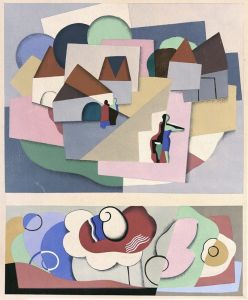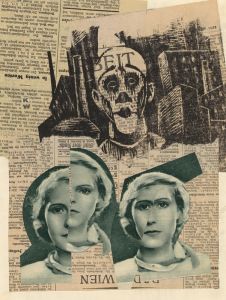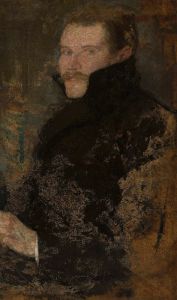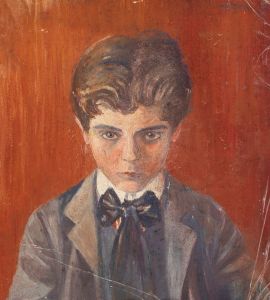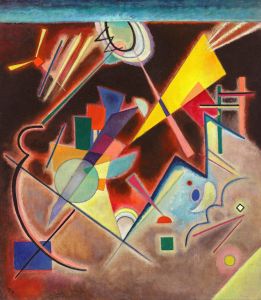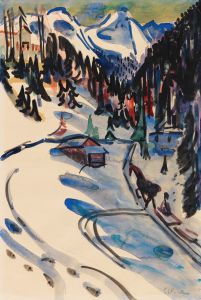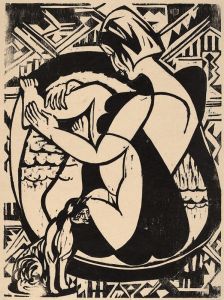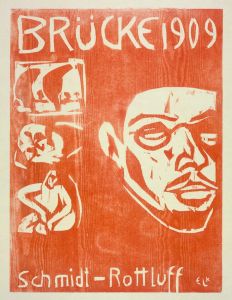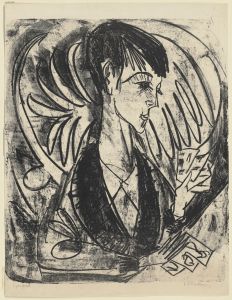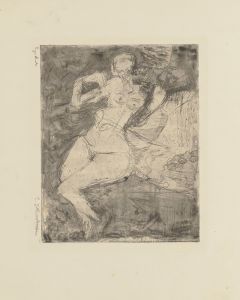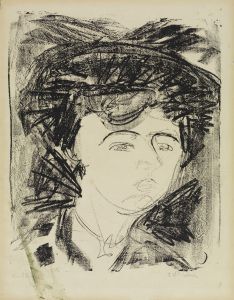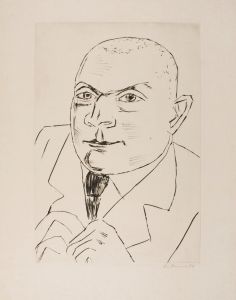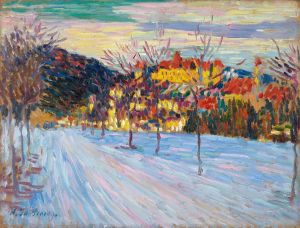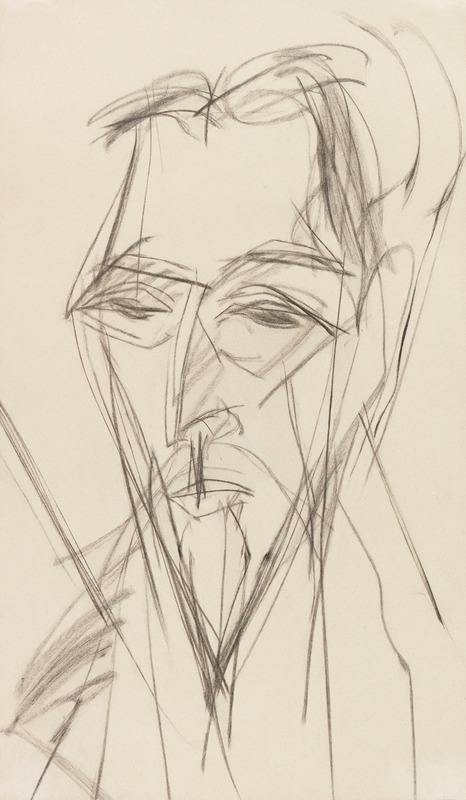
Bildnis Botho Graef
A hand-painted replica of Ernst Ludwig Kirchner’s masterpiece Bildnis Botho Graef, meticulously crafted by professional artists to capture the true essence of the original. Each piece is created with museum-quality canvas and rare mineral pigments, carefully painted by experienced artists with delicate brushstrokes and rich, layered colors to perfectly recreate the texture of the original artwork. Unlike machine-printed reproductions, this hand-painted version brings the painting to life, infused with the artist’s emotions and skill in every stroke. Whether for personal collection or home decoration, it instantly elevates the artistic atmosphere of any space.
Ernst Ludwig Kirchner, a prominent German expressionist painter and one of the founding members of the art group Die Brücke, created the painting "Bildnis Botho Graef" in 1920. This work is a portrait of Botho Graef, a notable art historian and critic who was influential in the early 20th century. Kirchner's style is characterized by bold colors, dynamic compositions, and a distinctive use of line, all of which are evident in this particular painting.
"Bildnis Botho Graef" reflects Kirchner's expressionist approach, where emotional experience is prioritized over physical reality. The painting captures the essence of Graef through exaggerated features and vibrant colors, which are typical of Kirchner's work during this period. The use of color and form in the painting is intended to convey the inner life and character of the subject rather than a realistic depiction. This aligns with the broader goals of the expressionist movement, which sought to express subjective emotions and responses to the world.
Botho Graef was a significant figure in the art world during his time, known for his support of modern art and his role in promoting contemporary artists. His relationship with Kirchner and other members of Die Brücke was one of mutual respect and influence. Graef's work as an art historian and critic helped to shape the reception of expressionist art in Germany and beyond.
Kirchner's portrait of Graef is not only a personal tribute but also a reflection of the intellectual and artistic exchanges that were central to the development of modern art in the early 20th century. The painting is part of a broader body of work by Kirchner that includes portraits of other contemporaries, capturing the vibrant cultural milieu of the time.
The painting is held in high regard for its artistic merit and historical significance. It is part of the collection at the Museum Ludwig in Cologne, Germany, where it is displayed alongside other works by Kirchner and his contemporaries. The museum is known for its extensive collection of modern art, and Kirchner's work is a highlight of its holdings.
Ernst Ludwig Kirchner's contribution to the expressionist movement and his ability to capture the spirit of his subjects make "Bildnis Botho Graef" an important work in the history of modern art. The painting not only exemplifies Kirchner's unique style but also serves as a testament to the rich cultural exchanges that defined the early 20th-century art scene. Through this portrait, viewers can gain insight into the dynamic interplay between artist and subject, as well as the broader artistic currents of the time.





